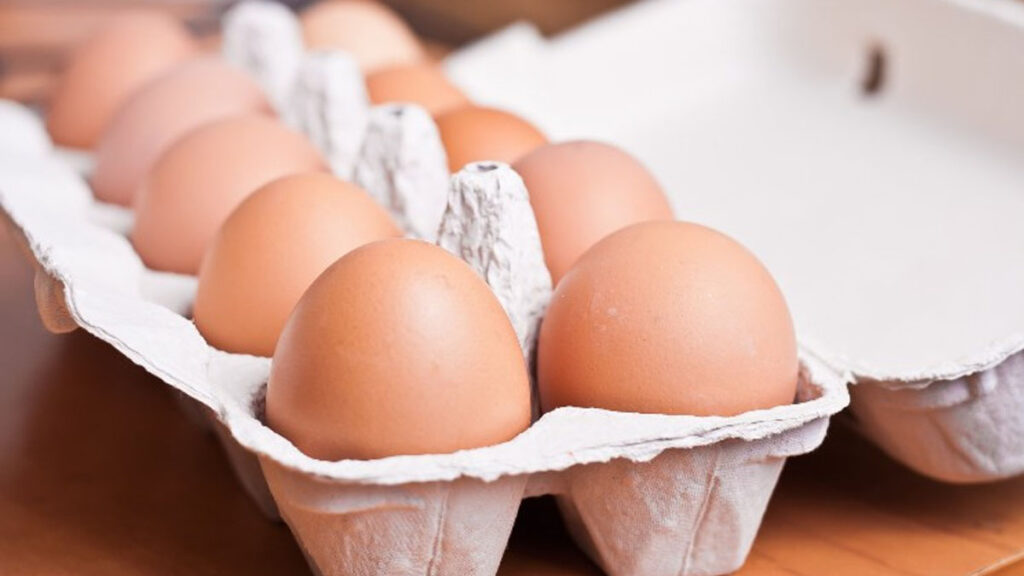In recent months, Californians have been shelling out nearly $9 for a dozen eggs, with some stores listing prices even higher. The sharp increase has sparked debate over the root causes: is it inflation, Democratic mismanagement, or the devastating effects of bird flu on poultry flocks? The reality is a complex mix of these factors, with experts and commentators weighing in on who or what is truly to blame.
The Bird Flu Crisis: A Major Supply Disruptor
The U.S. Department of Agriculture (USDA) points to the highly pathogenic avian influenza (HPAI), commonly known as bird flu, as a significant driver of skyrocketing egg prices. In December alone, California reported nine major outbreaks, resulting in the culling of nearly 6 million egg-laying hens. Merced and Stanislaus counties were particularly hard-hit, with over 1.7 million birds lost in a single outbreak.
Kevin Bergquist from Wells Fargo Agri-Food Institute highlighted that the timing of these losses, coinciding with the holiday season when egg demand peaks, exacerbated the supply crisis. According to USDA data, national egg production dipped by 4% in November, pushing wholesale egg prices up by 55%.
Inflation and Economic Policy: Adding Fuel to the Fire
Critics of the Biden administration point to broader inflation trends as another culprit. Under Biden’s presidency, grocery prices have surged, with eggs leading the charge. The Consumer Price Index reported an 8.2% increase in egg prices in November alone. Economists argue that inflationary pressures—rising feed costs, transportation expenses, and labor shortages—have compounded the bird flu crisis, creating a perfect storm.
Brian Brenberg, co-host of The Big Money Show, emphasized on Varney & Co. that inflationary policies and regulatory hurdles have made food staples like eggs increasingly unaffordable for ordinary Americans.
California’s Unique Regulatory Environment
California’s strict animal welfare laws, which mandate cage-free egg production, have also played a role in limiting supply and raising costs. Suppliers must meet higher standards, which increase production expenses. Brian Moscogiuri from Eggs Unlimited noted that shortages are particularly acute for cage-free eggs due to these state-specific regulations.
Political Voices Weigh In
The issue has become a talking point across political aisles. Conservatives argue that Democratic policies—ranging from excessive regulations to slow responses to the bird flu outbreak—have worsened the situation. Meanwhile, Democrats point to external factors, such as global supply chain disruptions and the bird flu epidemic, as the primary drivers.
Governor Gavin Newsom declared a state of emergency to address the bird flu crisis, aiming to boost response efforts and stabilize egg supplies. However, critics argue that these measures came too late to prevent the worst of the price hikes.
Experts predict that egg prices are unlikely to return to pre-crisis levels until at least mid-2025, assuming no further outbreaks occur. The U.S. egg-laying flock remains below 300 million hens, the lowest since the 2022 bird flu epidemic.
ACZ Editor: California’s stupidity has once again cost its citizens money.
